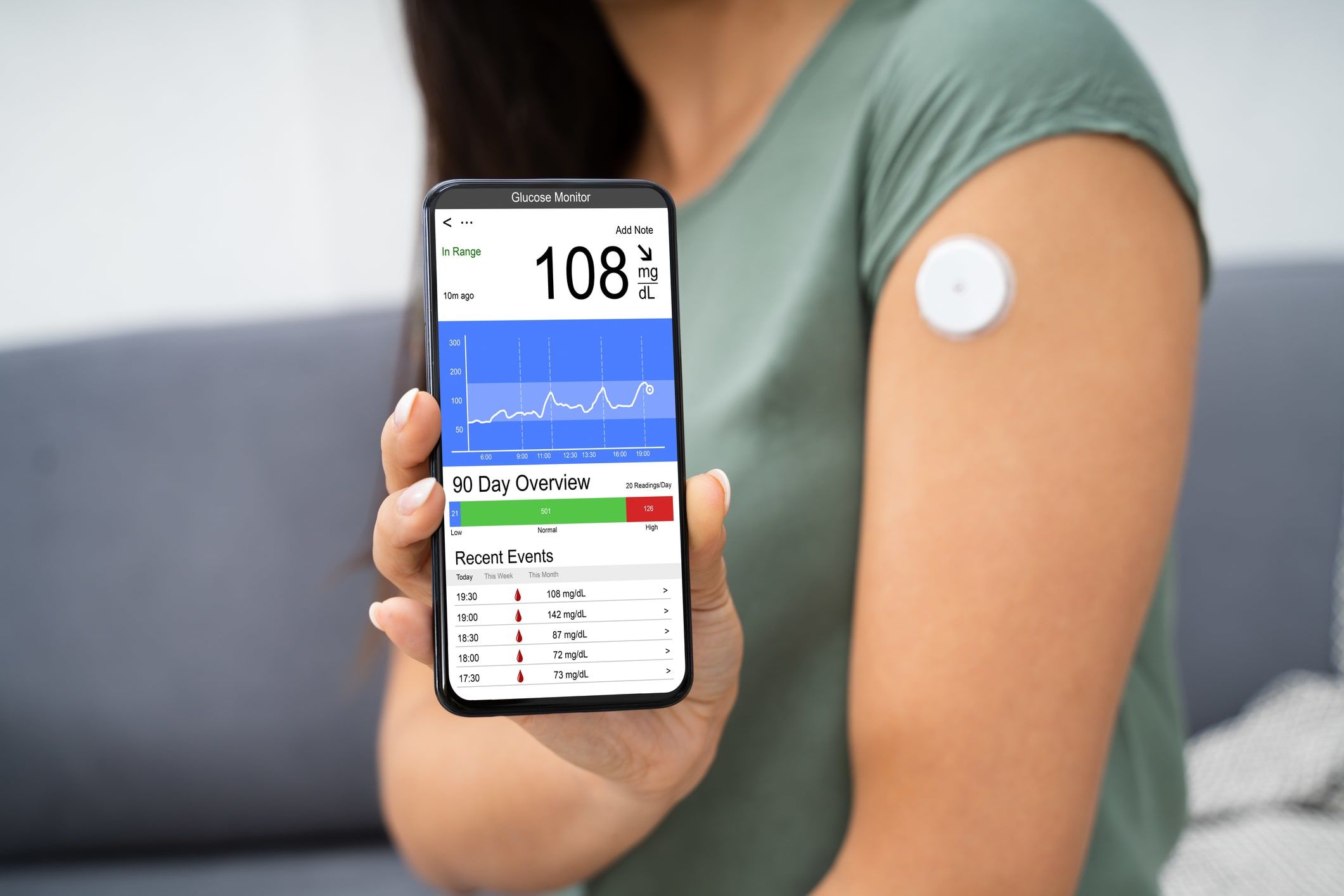When to use CGM?
- Home
- When to use CGM?

When to use CGM?
Continuous glucose monitoring can be helpful in ALL stages of a diabetic patient’s journey. The doctor generally advises CGM in the following stages:
- For the diagnosis of Diabetes or pre-diabetes in patients who had a borderline high blood sugar/Hba1c reading- See case example 1
- If a discrepancy arises in the blood sugar values and the Hba1c level, CGM can give clarity on the actual glucose trends in the patient.- See case example 2
- In pregnant women diagnosed with gestational diabetes, CGM is very useful in quick titration of treatment regime.-See case example 3
- To know about hypoglycaemia and hyperglycaemia patterns in a patient with fluctuant blood sugars. This will help tailor the treatment in a precise manner.-See case example 4
- All patients who need to switch treatment from tablets to insulin. CGM with daily patterns and follow up every 2-3 days establishes an accurate insulin regime for the patient within 2 weeks, which would otherwise normally take a few weeks to months. - see Case example 5
- Any child with type 1 Diabetes can safely be put on glucose sensors. Children have a diet and activity pattern which is very different to adults. Also, regular pricks for Glucose checks are also painful to the child. The use of CGM to guide treatment in children has been really useful to the children, parents and the treating doctors.- See case example 6
- As a monitoring tool, using the AGP module, the doctor can assess whether the response to treatment is adequate or not. Hence, replacing the standard FBS/PLBS/Hba1c methods.- See case example 7
Join Our Newsletter
To get the latest updates on better diabetes management, subscribe to our newsletter.
© 2020 drkalyan.com All Rights Reserved
